The Only Event Photography Guide You’ll Ever Need
What is Event Photography?
Event photography is a type of photography that captures the guests, happenings, environment, and moments of any event or occasion.
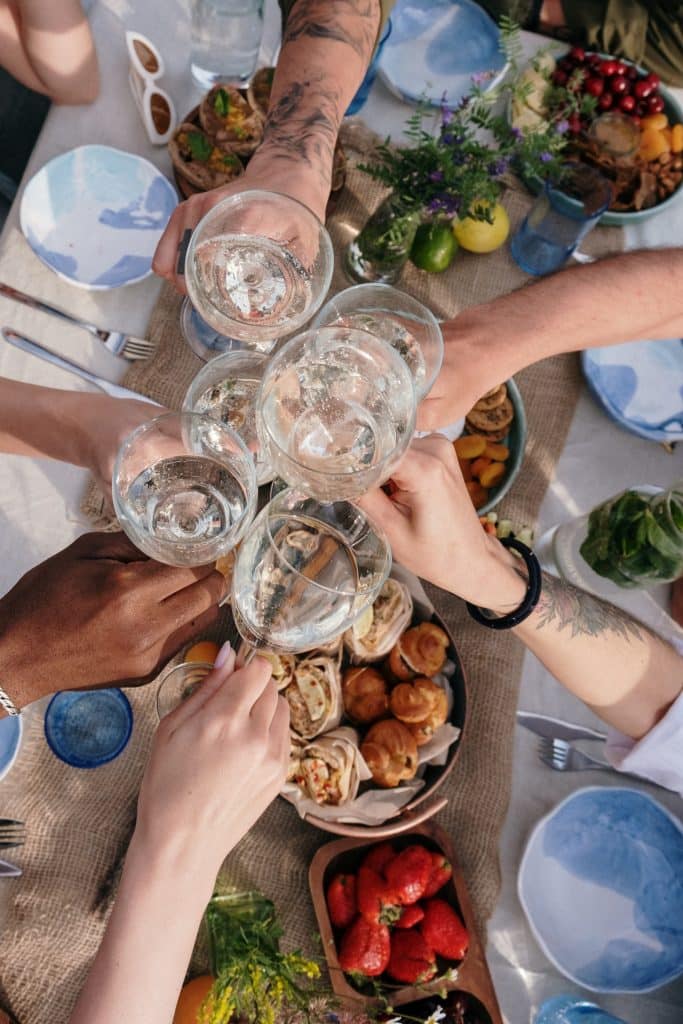
If you’re looking for a career in photography that has the potential to keep you busy all year long, event photography should be on your radar! No matter where you live, there are almost certainly events happening around you that people want to capture and remember. And since there’s always some kind of event going on, you won’t have to deal with low seasons the way you might with other photography careers.
The best part? You don’t have to be super experienced to become a photographer for events because there are always low-stakes opportunities that allow you to build your skills, online photography portfolio, and confidence. If we’ve piqued your interest and you want to find out for yourself how to become an event photographer, you’ve come to the right place. Our roundup will give you all the information you need to get started.
What is Event Photography, Exactly?
Event photography is photography that captures any kind of group event or gathering. There are different types of event photography that fall under this umbrella, but the key feature is that you’ll be shooting candid events as they happen.
What makes event photography unique, the fact that it’s all about capturing an event that’s unfolding around you, is also what makes it challenging at first if you’ve only shot in a controlled environment.
With studio photography, you can fiddle with your subject or with the lights until the image is perfect. Event photos aren’t as forgiving in that sense, but the unexpected element makes event photography interesting and rewarding.
When you’re starting out, you’ll most likely market yourself as a general event photographer. As you get more gigs under your belt, you might find that there is one kind of event photography that you’re particularly good at or that you enjoy. At that point, you can specialize in one of the many different kinds of professional event photography.
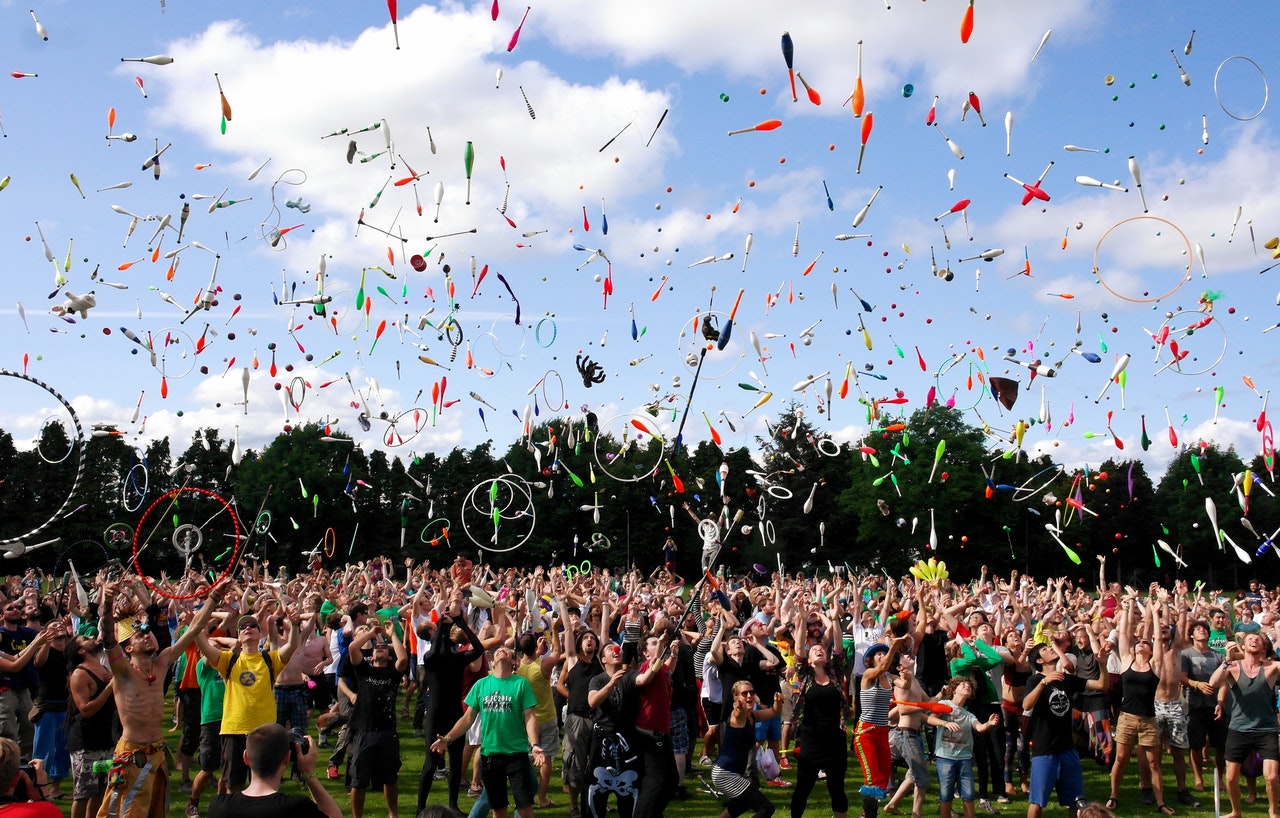
Different Types of Event Photography
The event photography specialization that you’re probably most familiar with is wedding photography. This is a uniquely important and challenging kind of event photography. For most people, it’s an incredibly significant day, and they want to be able to look back fondly at their photos for the rest of their lives.
We won’t get into specific considerations for wedding photography here because it’s such a vast subject, but all of the important tips and guidelines that apply to event photography in general are applicable to wedding photography too.
Other ways that you can specialize as a photographer for events include:
Corporate photography. This is a lucrative type of event photography, and often when people talk about event photography what they are really describing is corporate photography. Corporate event photography can include things like conferences and corporate gatherings, and it’s a great way to make money as a photographer.
Private event photography. As a private special event photographer, you would shoot things like birthday parties, mitzvahs, baptisms, and family reunions.
Community event photography. This can include local meetings and gatherings, or even official city proceedings.
Concert, dance, and theatre photography. This type of creative event photography is a little bit different from the rest since your equipment requirements are not quite the same as standard event photography.
Sports photography. This type of event photography also requires specialized equipment, and your required shot list would look quite different from other types of event photography
There’s really no limit to the different types of event photography you can specialize in, as long as you can find a market large enough to sustain your career. In a small town, for example, you might have a hard time filling your schedule with only concert photography, but in a big city, you could certainly make a career of it.
How to Get Started Shooting Event Photos
Your portfolio is an important tool to help you land new event photography clients. So, how exactly do you land those first clients if you don’t have a portfolio yet? You might want to offer your event photography services for free, just a few times, to get the hang of how to do event photography.
Of course, you can’t make a career out of shooting events for free forever. However, to get some awesome shots that you can build an event photography portfolio with, consider offering your birthday event photography to friends and family, or event coverage photography to local businesses or organizations in your community. Think of this as a training ground: since they’re not forking over any cash for you to shoot their event, the stress level isn’t as high as it would be for a large, expensive occasion.
That doesn’t mean you shouldn’t take these events as seriously as you would if they were paid. Make sure you still go through all the steps we talk about here, so that you can refine your event photography process and get comfortable with all of the different aspects required to have a successful day. That way, when you build your online portfolio, it will be filled with shots you can be proud of.
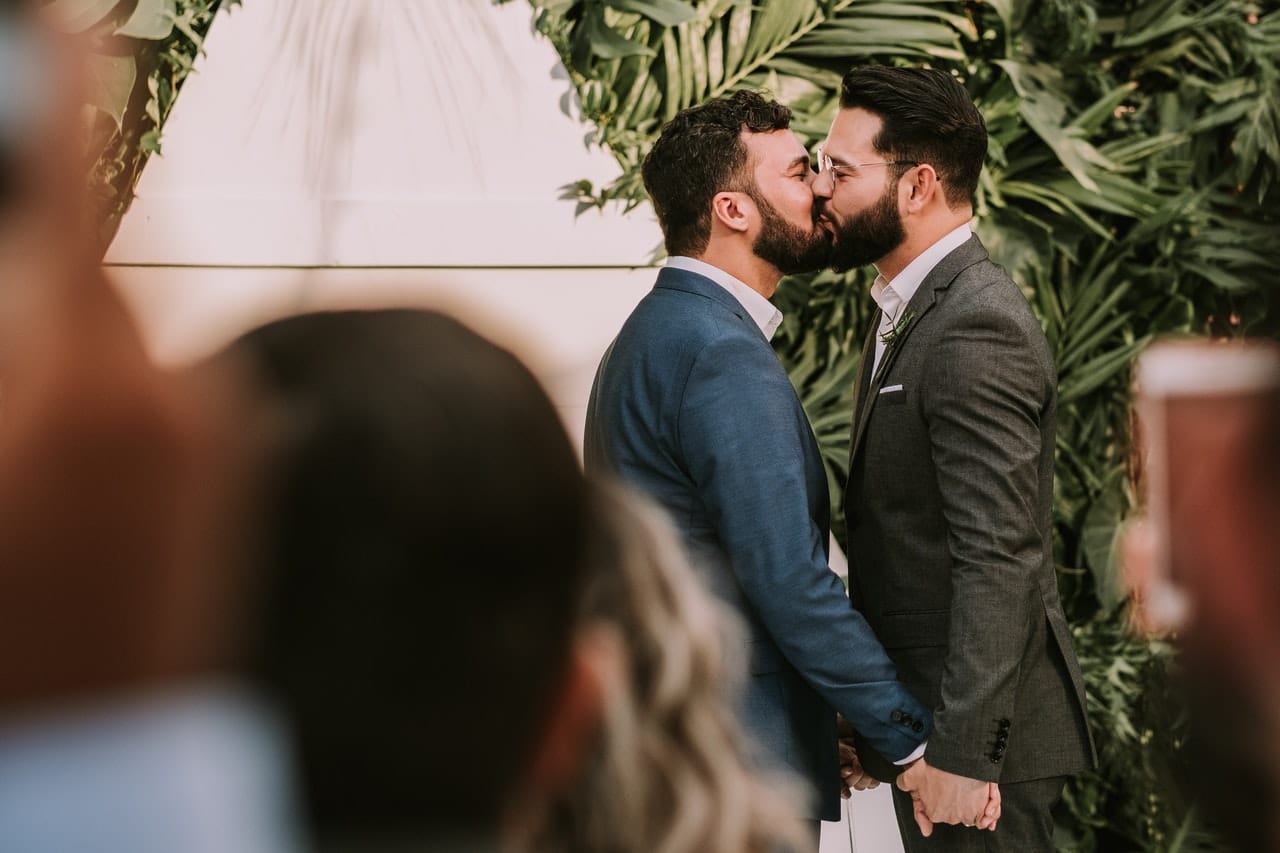
Start an event photography online portfolio website
Create a professional online portfolio to showcase your stunning photographs.
Event Photography Equipment
When you’re shooting events, you don’t have to worry as much about studio equipment and lighting. That doesn’t mean you’ll be traveling light to your shoots, though, since you need to make sure you have the right camera body, lenses, flash, and maybe a diffuser and tether as well.
Best Cameras for Event Photography
You don’t necessarily need to go out and buy a brand new camera if you want to get into event photography, but there are a few key features to look for that will make your job easier. Our roundup of the best wedding photography cameras will help you make a good choice. When choosing your camera, you should consider:
Durability and battery life. A day in the life of an event photographer can involve some pretty long hours! You’ll want to choose a camera that you can comfortably travel with and that either has a long battery life, or that you can easily purchase several batteries to rotate through for.
DSLR vs. mirrorless cameras. You can get the job done with a mirrorless camera, but you might find that the choice of lenses that DSLRs offer is better suited to the job of event photography.
A few excellent options that aren’t at the most expensive tier include:
Nikon D750, $1500. This full-frame, 24.3 MP body is a very popular wedding photography camera, so you know it’s up to the task of capturing your important event gig. Another feature you’ll be grateful for is the two SD card slots.
Canon EOS 6D Mark II, $1700.This full-frame, 26 MP option is particularly great in low light, making it a perfect choice for an event photographer.
Sony a7III, $2000. This full-frame, 24.2 MP mirrorless camera has quickly become beloved by event photographers for its unparalleled autofocus, high-iso performance, and excellent battery life. The Sony e-mount lenses are also more affordable than comparable Canon or Nikon lenses. It even has video capability, so if you’re into event photography and videography it’s a great multi-use tool.
Best Lenses for Event Photography
Your choice of lenses will vary depending on what kind of event photography you’re planning to shoot. Indoor event photography is common: you will often be working in relatively low-light situations, so packing a fast lens will ensure that you can capture sharp, clear images even in dim conditions. A great all-purpose prime lens like the Nikon 50 mm f/1.4 ($460.00) will get you far and should definitely be part of your lens kit since a great deal of event coverage photography involves capturing portraits.
What if you’re shooting in a huge conference hall, or some other large event? In that case, a zoom lens will ensure that you capture the action without having to run around just to get close enough to your subjects. It’s worth investing in one that can deliver the image quality you would normally expect from a prime lens. An option like the Canon EF 24-70mm f/2.8L II USM lens ($1600), while not exactly cheap, is an excellent workhorse that you’ll reach for often.
For other specific types of event photography, such as concert or sports photography, your lenses should reflect the conditions that you normally shoot in. Concerts and shows are usually in very dark theatres, and to capture sports action you’ll likely need a fast telephoto lens in your kit.
Event Photography Accessories
In addition to your camera body and lenses, make sure you bring along any accessories you may need for a smooth day of shooting:
A flash. Avoid using your on-camera flash and opt for a hot-shoe mounted option, which will produce much more flattering and natural results.
A diffuser. For many event photography gigs, a diffuser might be overkill and draw more attention to you than you want. However, if you’re shooting an event where you’ll be capturing portraits of people as they arrive, such as a red carpet or charity ball, a diffuser might come in handy for producing flattering images your clients will be thrilled with.
A tether. These days, if an event wasn’t live-posted to Instagram, did it even really happen? Depending on what type of event you’re shooting, your client might want you to quickly send them some photos as the event is unfolding, so they can share them with their following.
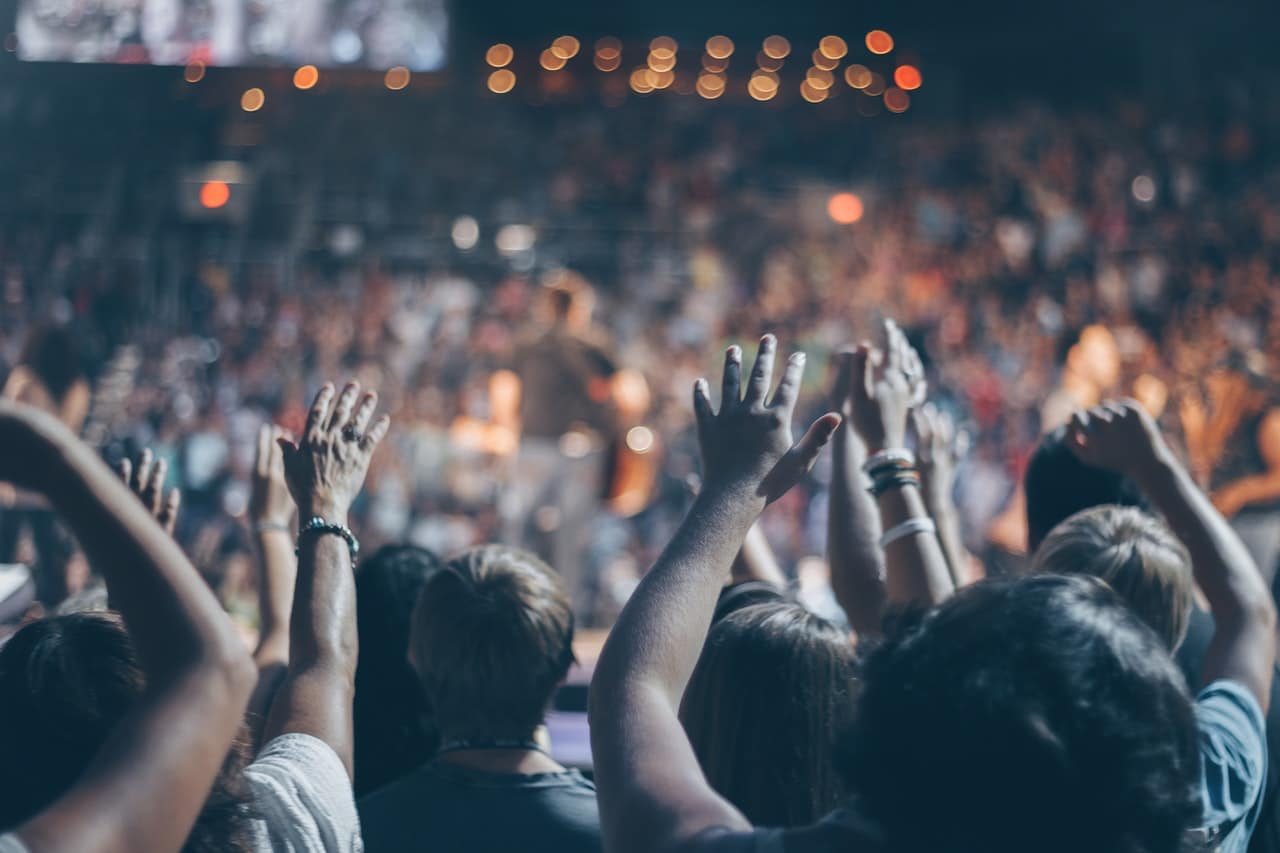
Event Photography Pricing
Is the thought of splashing out on new equipment making you wonder how much you can actually make as an event photographer? Fair enough! Of course, like all types of photography, there is a wide range of potential event photography rates that you can charge. When pricing your photography, experience level and the type of event are important variables. Small event photography pricing won’t be quite as high as special event photography pricing or corporate event photography pricing.
Event Photography Price Packages
Many professional event photographers charge anywhere between $100-$250 hourly, with skilled and in-demand photographers charging even more. When you’re just starting out, you might set your rate a bit lower than this, but keep in mind that for every hour that you are actually at the event shooting, you’ll also be spending time on planning and editing.
A great way to offer your clients some options is to have a set of event photography packages that they can choose from. Your packages should define how many hours you will shoot for and how many images will be delivered, as well as pre-shoot meetings or discussions to make sure that your client feels confident that you understand their needs.
A good place to start when coming up with your event photographer pricing is to create a quarter-day, half-day, and full-day package. The hourly rate can be slightly higher for the quarter day package, with the full day package having the most appealing hourly rate. Your packages should also define how the client will be charged for things like extra hours added on the day-of or additional final images so that there is some flexibility. It’s always a good idea to search “what do event photographers near me charge” too, just to get an idea of rates in your area.
Additional Ways to Make Money as an Event Photographer
In addition to your event photographer rates, you can make extra money by:
If your client allows it, you can create a gallery that event attendees can download from. You can charge a fee to license the photos for private use or have a simple download fee.
Create print packages that your clients can select from at an extra cost.
Creating a Contract
As little fun as they are to create, putting together a contract is absolutely essential. Look for free templates online to get you started, and make sure you include:
Price and payment terms, including the deposit amount and when the deposit and final payment are due
Date and time that you are expected to be there
Rates for additional unexpected hours
Details of how the images will be delivered
Copyright details (in most cases, you retain copyright while your client has permission to use and share the images as outlined in the contract)
If necessary, a model release form
Preparing for the Day of the Event
Taking the right steps to prepare for shoot day is an essential part of learning how to photograph events. Make sure you have a designated point of contact and that it is understood that they’re responsible for communicating any important information to you. Ask your point of contact:
What is the itinerary on the day of? Is there a printed itinerary you can have in advance to plan your shots?
Are there key people you absolutely need to capture? Will they be wearing name tags, or is there another way to identify them?
Are there key shots the client requires?
Is there an opportunity to check out the venue in advance, with the same lighting set up as the day of the event?
What delivery schedule do they expect?
Another preparation step is to create an equipment checklist for yourself well in advance and to look over it a few times to make sure you’re not missing anything. On the day of the shoot, go through the checklist line by line and confirm you have that piece of equipment. It may seem like overkill, but successful event photography is all about preparedness and planning since the moments you’re there to capture can’t be recreated.
Preparing a shot list in advance that you can consult throughout the event will also ensure a happy client (and a happy client means more referrals and new photography clients!
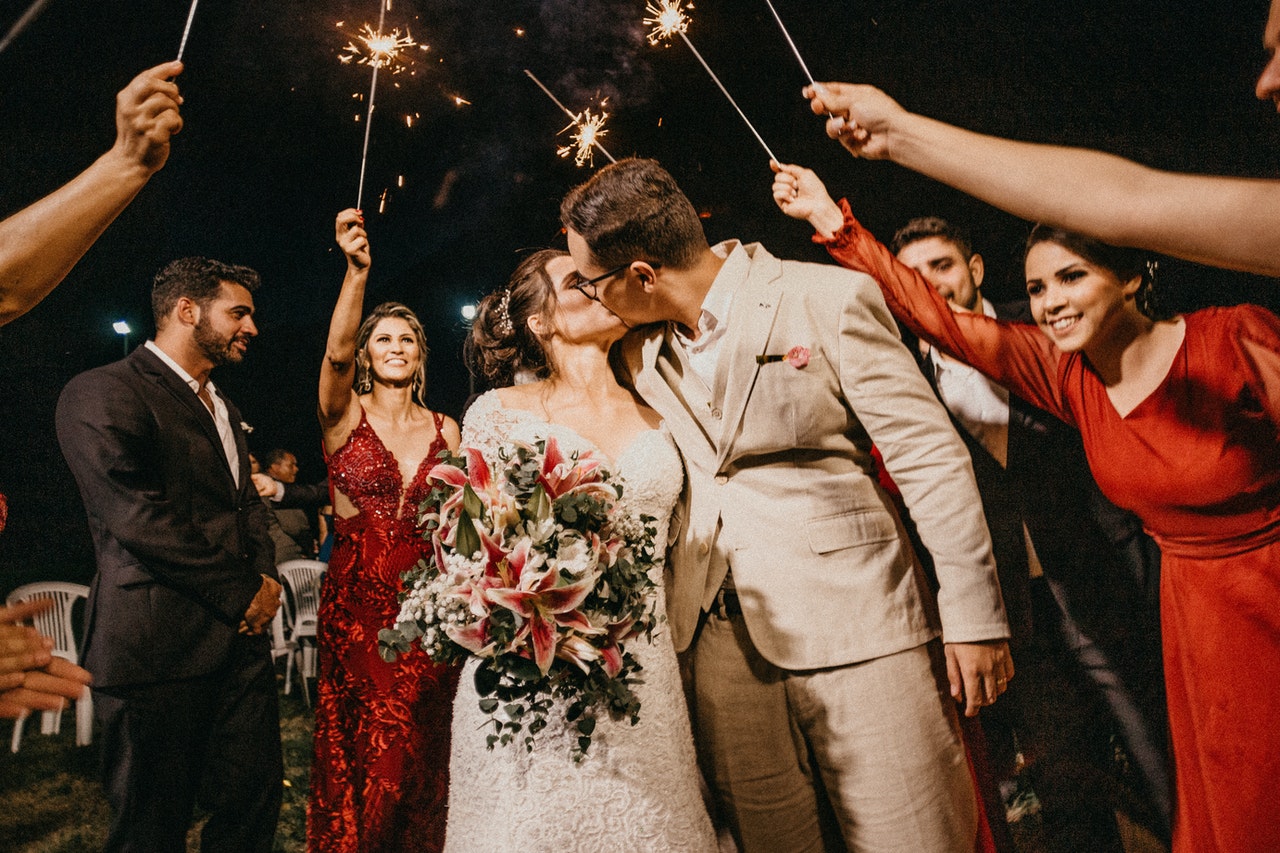
Acing your Shoot
For most events, it’s important to be friendly and even to mingle with the crowd a little bit. You don’t necessarily want to jump into long conversations with people since that’s not what you’re there for, but you do want to smile and make everyone feel comfortable. Chatting a little bit might help you identify who’s who so that you can make sure you’re snapping pics of the guests your client asked you to prioritize.
Since there’s no way you’ll know exactly who needs to be included in each group shot, make sure you have a contact on the day of who is committed to helping you pull everyone together.
In addition to capturing people, look around and try to put yourself in the position of the event organizer. Chances are, they spent a lot of time on the details of the event to make it just right. They’ll be delighted to see that you noticed and that you captured those details.
While some posed photos are inevitable, there’s nothing quite like a great, flattering candid. Your job as an event photographer is to be a fly on the wall who can capture those unposed moments, so on the day of the event make sure you’re getting a good mix of posed group shots and candid photos.
Don’t be afraid to approach your contact at the end of the event and ask them if they wouldn’t mind being a reference for you. You can create a formal request that you send them when you deliver the final images, but mentioning it at the event will mean they’re more likely to take the time to write a testimonial. You can also give them an incentive to spread the word about you, such as a discount or additional photos delivered on subsequent shoots if they refer you to someone else.
Preparing your Event Photos for Delivery
There’s a good chance that you’ll have hundreds, if not thousands, of images to go through after shooting a big event. Lightroom’s star rating system makes it among the best event photography software options out there because you can easily go through a huge catalog and quickly assign ratings to each photo. Hopefully, once you look at just the five-star photos, the total number of shots will be much more manageable.
Once you have a manageable number, add your watermark and post them to a client proofing gallery on your website. This is the easiest way to have your clients make their selections, and they’ll love the fact that they don’t have to download any big files to their own computer.
If you have go-to presets in Lightroom (or your editing software of choice), see if they work for your photos. If not, you might want to edit one photo and then apply that batch-edit to the rest of the photos for a consistent look.
You usually don’t have to edit people as carefully as you would for, say, an editorial photoshoot, but it’s a good idea to go through and make sure things like skin tone look natural and flattering since you want to make sure you’re presenting your clients photos they’ll be happy to look back on.
Once you have some shoots under your belt, you can add them to your photography website. Don’t have one yet? No worries! With a website builder, you can have one up and running in no time. Make sure to choose a builder that offers a free trial so that you can play around with the themes and make sure you can create a look that works for you.
Now that you have all the information you need to get started as an event photographer, it’s time to get behind that camera and start shooting.